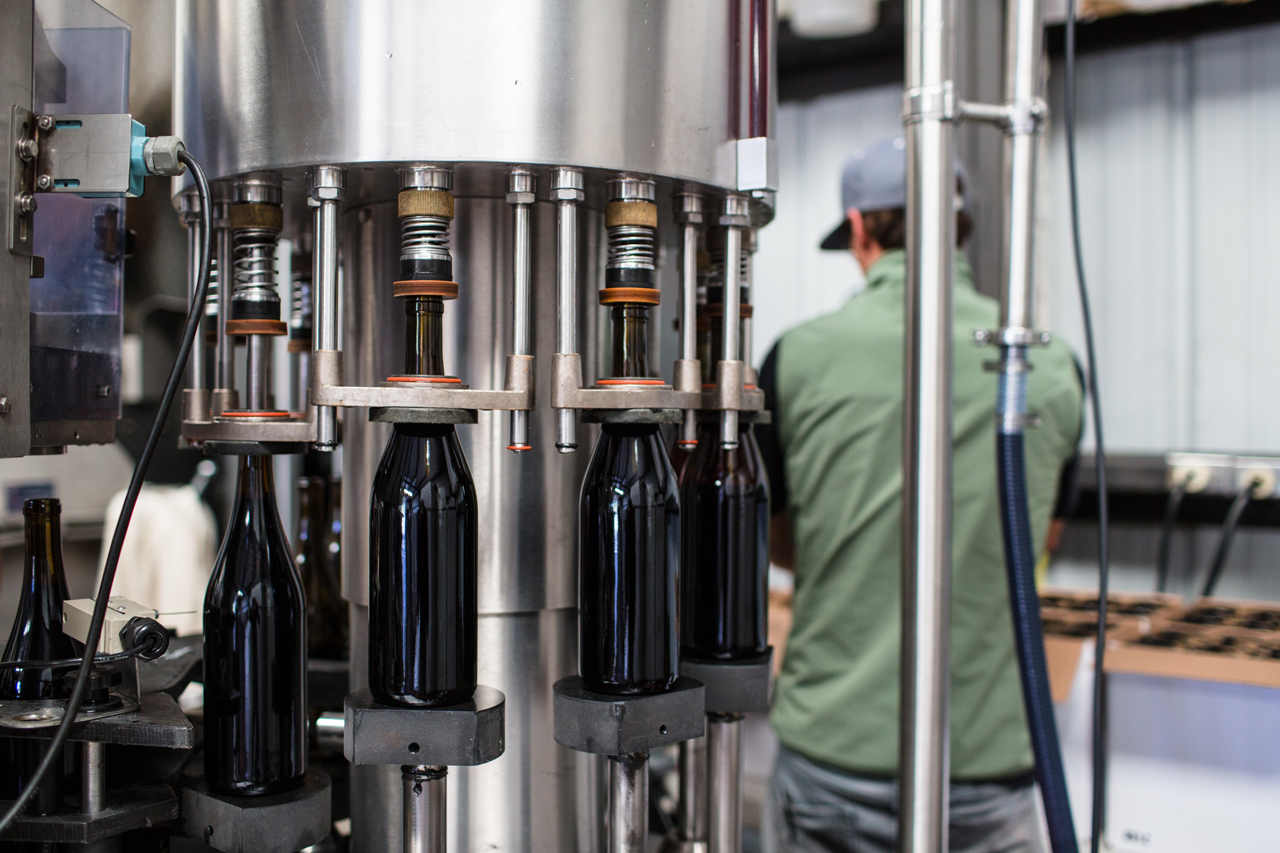Designing & Fabricating Chilled Water Systems
Chilled water piping is an essential component in many commercial, industrial, and institutional buildings. It is used to distribute chilled water from a central refrigeration plant to air handling units, fan coil units, and other cooling equipment. The design and fabrication of chilled water piping systems play a critical role in the overall efficiency, reliability, and longevity of a building’s HVAC system.
The design of chilled water piping systems should consider a variety of factors, including the type of building, the size and layout of the HVAC system, and the water temperature and flow rate requirements. The most common types of chilled water piping systems include direct expansion (DX) systems, chilled water systems, and two-pipe systems.
Once the design of the chilled water piping system has been completed, the next step is the fabrication process. The fabrication process involves the cutting, bending, and welding of pipes and fittings to create a functional and efficient piping system. The quality of the fabrication process is crucial to the performance and longevity of the piping system.
There are several key considerations when it comes to chilled water piping fabrication:
Material Selection: The most commonly used materials for chilled water piping systems include copper, stainless steel, and carbon steel. The selection of the material should be based on the specific requirements of the project, including the water temperature, pressure, and flow rate.
Welding: Welding is an important step in the fabrication process and should be performed by a qualified and experienced welder. The quality of the welding should be checked and verified to ensure that the piping system is leak-free and has the necessary strength and durability.
Bending: Bending is another critical step in the fabrication process. The pipes must be bent to the correct radius and angle to ensure that the piping system is functional and efficient. The use of a pipe bender and mandrel is recommended to ensure accurate and consistent bends.
Testing: The final step in the fabrication process is testing. The piping system should be thoroughly tested to verify that it meets the design requirements and that there are no leaks or other issues. This can include pressure testing, leak testing, and flow testing.
In conclusion, the design and fabrication of chilled water piping systems is a critical aspect of building HVAC systems. Careful consideration should be given to the design, material selection, welding, bending, and testing of the piping system to ensure that it is functional, efficient, and durable. By following these steps, building owners can be confident that their chilled water piping system will provide reliable and efficient cooling for many years to come.
Industry Applications of Chilled Water Piping Systems
Commercial buildings: Chilled water piping systems are used in commercial buildings such as offices, hotels, and shopping centers to provide air conditioning and cooling to the occupants.
Industrial facilities: Chilled water piping systems are used in industrial facilities such as manufacturing plants, warehouses, and data centers to provide cooling for machinery, electronics, and other equipment.
Institutional facilities: Chilled water piping systems are used in institutional facilities such as hospitals, schools, and universities to provide cooling for medical equipment, classrooms, and other facilities.
Food and beverage processing: Chilled water piping systems are used in the food and beverage processing industry to provide cooling for refrigeration and storage of food and beverage products.
HVAC industry: Chilled water piping systems are used in the HVAC industry as a means of distributing cooling from central refrigeration plants to air handling units, fan coil units, and other cooling equipment.
Our team is here to help.
Contact a project manager today!


